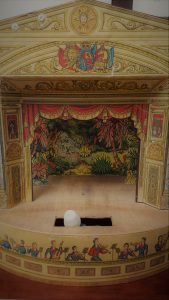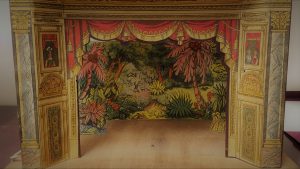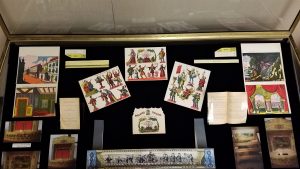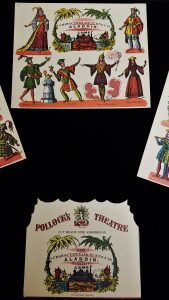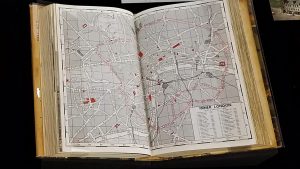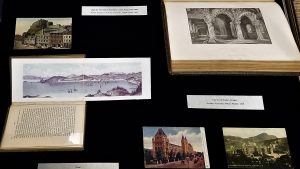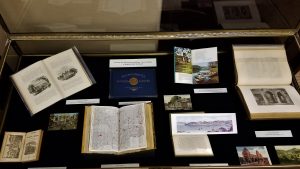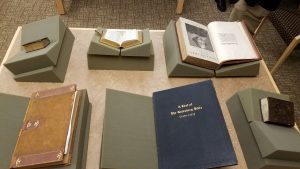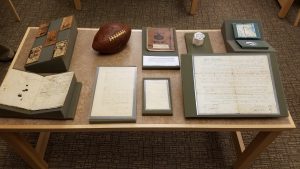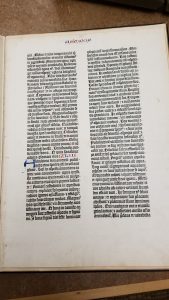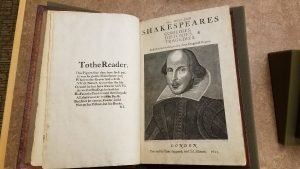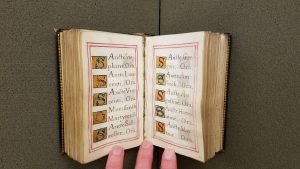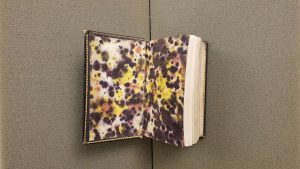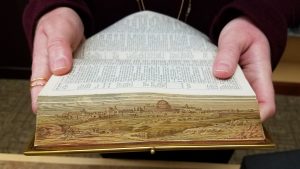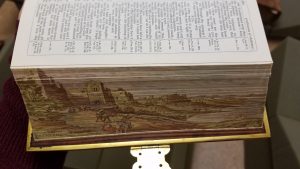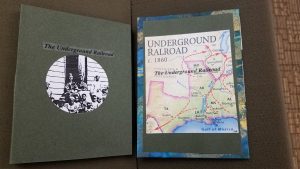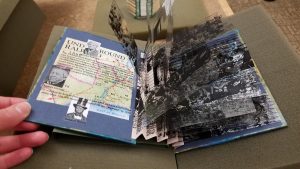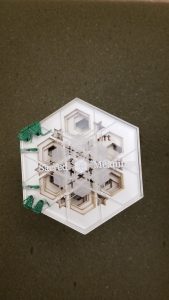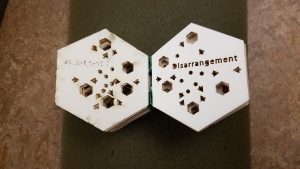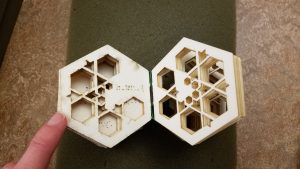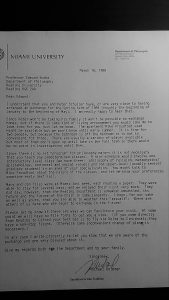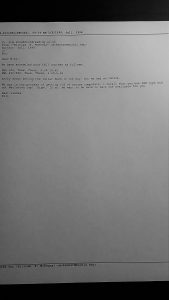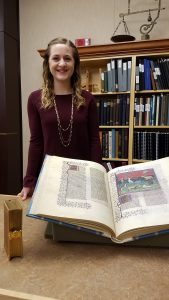
April 22 – April 28, 2018
PRESERVATION WEEK
In celebration of Preservation Week 2018, please stop and take a look at the display case located just outside the entry doors to the Walter Havighurst Special Collections & University Archives. Preservation Week was established by the Association for Library Collections & Technology Services (ALCTS), a division of the American Library Association (ALA), as a means of encouraging institutions to highlight what we can do, individually and together, to preserve our personal and shared collections.
Why is preservation important?
In 2005 the first comprehensive national survey of the condition and preservation needs of the nation’s collections reported that U.S. institutions hold more than 4.8 billion items. Libraries alone hold 3 billion items (63 percent of the whole). A treasure trove of uncounted additional items is held by individuals, families, and communities.
Some 630 million items in collecting institutions require immediate attention and care. Eighty percent of these institutions have no paid staff assigned responsibility for collections care; 22 percent have no collections care personnel at all. Some 2.6 billion items are not protected by an emergency plan. As natural disasters of recent years have taught us, these resources are in jeopardy should a disaster strike. Personal, family, and community collections are equally at risk.
Key environmental factors that place collections at risk:
- Light: Ultraviolet rays from natural and artificial sources can cause fading and disintegration.
- Pollutants: Dust is abrasive and can accelerate harmful chemical reactions.
- Heat: High temperatures can accelerate deterioration.
- Moisture: High humidity promotes mold growth, corrosion, and degradation, while excessive dryness can cause drying and cracking. Fluctuations between extremes can cause warping, buckling, and flaking.
Key items that should be preserved
Historical materials that are unpublished and one-of-a-kind, such as:
- architectural drawings
- artifacts
- audio and video recordings
- diaries
- genealogical information
- letters
- maps
- memoirs/reminiscences
- minutes/reports
- photo albums and photographs
- printed materials
- professional and business papers
- speeches/lectures
Preservation Fast Facts
- More than 4.8 billion artifacts are held in public trust by more than 30,000 archives, historical societies, libraries, museums, scientific research collections, and archaeological repositories in the United States. 1.3 billion of these items are at risk of being lost.
- Roughly 70% of institutions need additional conservation or preservation training for their staff and volunteers.
- A majority of collecting institutions, more than 80%, do not have a disaster plan in place that can be executed by trained staff.
- Nearly a quarter of all the 21 million paintings, sculptures, and works of decorative art in U.S. collections need conservation treatment or improved care and conditions.
- More than 50% of collecting institutions have had their collections damaged by light.
- More than 65% of collecting institutions report damage to their collections due to improper storage.
*Source: “A Public Trust at Risk: The Heritage Health Index Report on the State of America’s Collections,” Library of Congress. For additional information regarding Preservation Week, please visit www.ala.org/preservationweek.
By Justin Bridges

